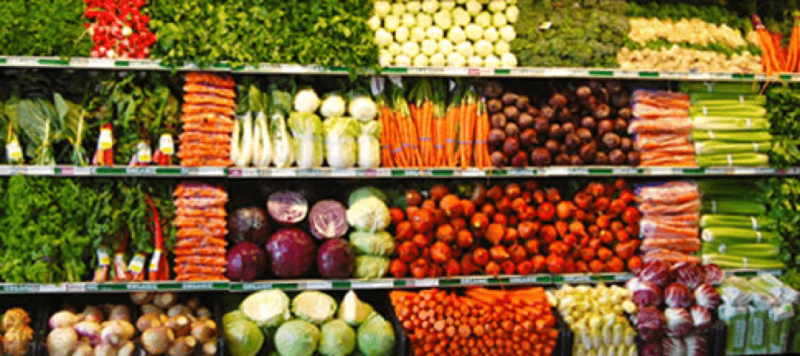More than 20% of food sampled by the U.S. Department of Agriculture in 2016 show no detectable pesticides and less than 0.5% of food had pesticide residue levels above Environmental Protection Agency limits.
“Again this year, the (Pesticide Data Program) results shows that the U.S. food supply is one of the safest in the world,” according to “What consumers should know,” a breakdown of the USDA’s Agricultural Marketing Service 2016 Pesticide Data Program Annual Summary.
Fresh and processed fruit and vegetables accounted for 90.3% of the 10,365 samples collected by the program in 2016, according to the 200-page report. The USDA said 502 of samples (4.8%) were organic.
According to the report, more than 99.5% of the samples had pesticide residues well below levels established by the EPA and 22% had no detectable residue.
…
The USDA report is one source of residue data interpreted by the Environmental Working Group to create its annual Dirty Dozen/Clean 15 ranking of fruits and vegetables.
…
The results are reported to the Food and Drug Administration and EPA in monthly reports as testing takes place throughout the year, according to a news release.
FDA and EPA would be immediately notified if a test discovered residue levels that could pose a public safety risk.
…
Residues exceeding the tolerance were detected in 0.46%; of these 48 samples, 26 were domestic, 20 were imported, and 2 were of unknown origin.
Read full, original post: USDA: Pesticide residue levels show no risk to consumers































